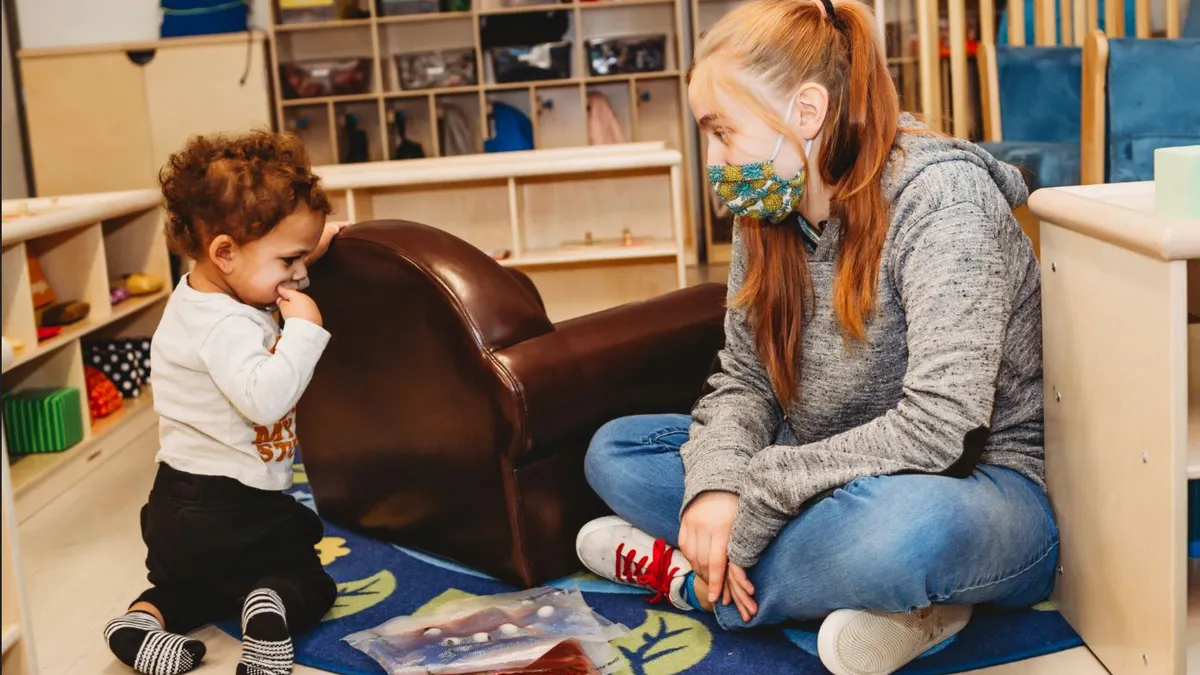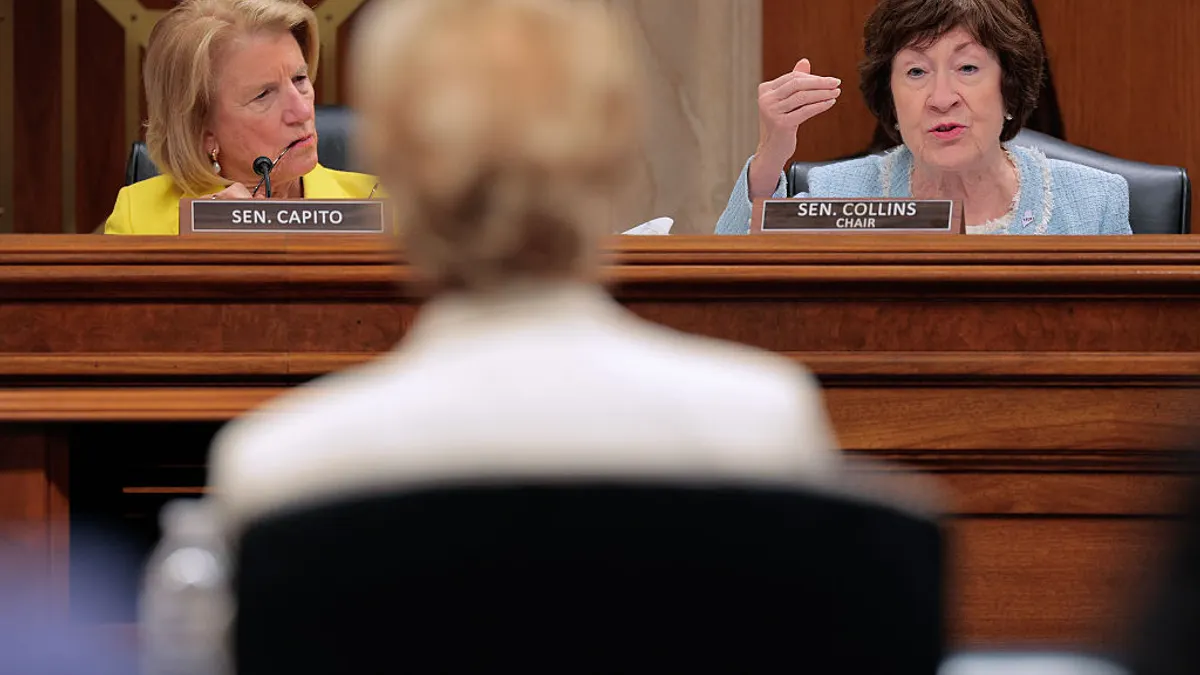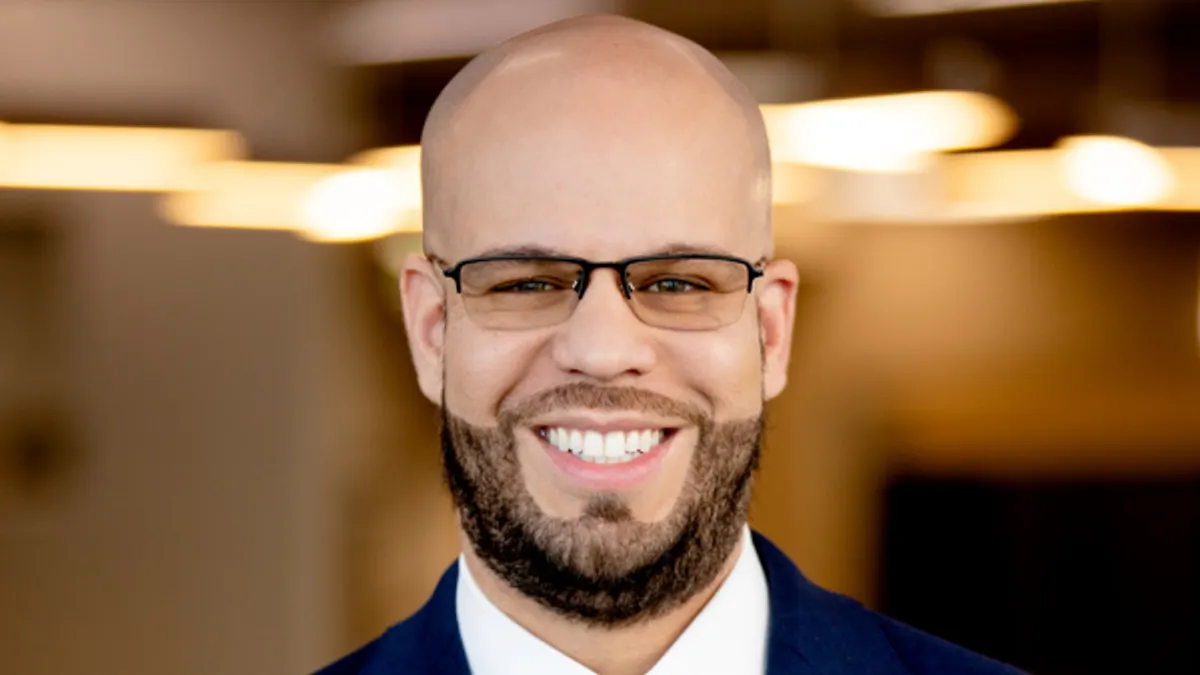A recent report from the Centers for Disease Control and Prevention praised Head Start programs across the country for using mitigation strategies and other efforts to safely open programs for in-person services for infants, toddlers and preschool-aged children.
The CDC highlighted Head Start centers’ efforts to keep children safe through symptom checks for staff and children, robust cleaning and disinfecting protocols, the availability of personal protective equipment and through various communication approaches in their communities.
“These approaches could be applied to other early care and education settings that remain open for in-person learning and potentially reduce the spread of coronavirus disease 2019,” the report said.
Funding for those measures came, in large part, from the Coronavirus Aid, Relief and Economic Security Act, of which $750 million was appropriated to Head Start programs, according to the CDC.
Congress reached a deal over the weekend for a new $900 billion aid package that includes $54.3 billion for K-12 schools and $22.7 billion for higher education, according to Reuters. The package must be passed by Congress and signed by President Donald Trump, both of which are expected soon.
Another strategy used by Head Start programs that helped young children access services during the public health crisis were flexibilities offered by the Office of Head Start, a federal agency of the U.S. Department of Health and Human Services. Because of those flexibilities, Head Start centers were able to give employees options for flexible medical leave, choice to work remotely and financial benefits to cover healthcare-associated costs, the report and Head Start stakeholders said.
Head Start is a federal program that promotes school readiness for children from families with low income, and supports low-income pregnant women, infants and children to age 5. More than 1 million children are served nationwide, according to the Head Start website.
Although the CDC has spotlighted the Head Start program for its efficient response to COVID-19, there have still been logistical challenges and illnesses at centers. Here, two Head Start program leaders talk about the successes and difficulties of this year:
CCS Early Learning program, Wasilla, Alaska
Mark Lackey has been the executive director of the CCS Early Learning program since 2005. This has, by far, been the most difficult year in his experience. “See the gray here?” he said over a Zoom call as he touched his long beard.
Running a preschool program in a geographical area comparable to the size of West Virginia is stressful in normal years, said Lackey. The pandemic added a whole other world of challenges. But Lackey said he feels very fortunate because of the dedication of the staff who were committed to safely serving children this year. The program was able to open for in-person services starting in June by phasing in early learning services until all the centers were up and running.
The CCS Early Learning program has the capacity to serve more than 350 Head Start-eligible children ages birth to 5 living in the Matanuska-Susitna Borough, as well as a section of Anchorage, but now is serving half that number of children. Although the program’s centers have the ability to serve all the children who were enrolled prior to the pandemic, it has not enrolled new children in order to limit preschool class sizes and the ratio of infants and toddlers-to-staff members, Lackey said.
Bus routes and class sections were altered so the same groups of children stay together while in the centers and on bus rides. While this is necessary to prevent the spread of COVID-19 among the children, it meant that groups were not necessarily diverse in student demographics, Lackey said. The centers also instituted a no-visitors policy, which has been hard for the program that relies on family involvement.
Preventing the spread of infection has been the biggest challenge despite the social distancing and safety precautions, such as symptom checks, mask wearing for the adults and mandatory quarantining for anyone showing COVID-19 symptoms, Lackey said. “People have still gotten sick, you know — people have still tested positive and we've still had major disruptions and close contacts,” he said.
What's made it possible to keep staff employed and services continuing, Lackey said, is the workers' dedication, resources from the Alaska Department of Health and Social Services, the cushion of the CARES Act funding and the flexibility provided by the Office of Head Start. The program received $279,461 in supplemental CARES Act funding. In 2019, CCS Early Learning had total revenues of $6 million, 75% of which came from the federal government, according to the program’s website.
“You know, very rarely do you feel warmth and support about a federal agency, and I feel like the Office of Head Start has been 100% behind us from the very beginning and allowing us the flexibility to kind of adapt,” Lackey said.
Tri-Valley Opportunity Council, Crookston, Minnesota
When the Tri-Valley Opportunity Council hit obstacles this year in trying to meet safety logistics, staffing needs and programming desires for its Head Start program, it seemed a solution always emerged.
A lack of masks for staff was solved with donations of hand-made face coverings from the Minnesota Head Start Association. Other personal protective equipment was donated by other organizations. CARES Act funding made it possible for the program to hire more staff, including a nurse for every center.
Meanwhile, early childhood providers and educators developed distance learning virtual sessions that included synchronous classes and recorded videos so children and their families could stay connected to educators when in-person services weren’t available.
“Our frontline staff are just true heroes to work through all this. The whole reason everyone is working so hard is for the children,” said Laurie Coleman, director of Head Start Child and Family Programs.
The program’s demographics are unique, as most of the children served are from migrant families. For those families, a separate program runs from February to December. The nonmigrant Early Head Start program runs year-round, and the nonmigrant Head Start follows a typical school year. In total, the program is funded to serve just over 1,000 children ages birth to 5.
In mid-May, the Tri-Valley Opportunity Council opened the first Head Start center in the state for in-person services, according to Coleman. Having a gradual opening allowed program staff to see how its COVID-19 Preparedness Plan worked and allowed them to make adjustments before opening other centers, which began June 1, said Coleman. To make the centers safe but still give children opportunities for play, each child has a separate box of favorite toys.
Staff also continued providing distance learning opportunities for families who chose not to have their children attend in-person early education. The program also created virtual opportunities for mental health consultants and other specialists to observe virtual classrooms.
While programs were in flux in the spring, the federal stimulus funding and flexibility from federal requirements, such as the allowance to continue paying staff even when centers were closed to in-person services, gave administrators freedom to put their attention toward taking care of children's and families’ needs, Coleman said. Tri-Valley received $781,260 in CARES Act funding for the migrant and federal Early Head Start and Head Start programs. Its regular federal grant to run the Early Head Start and Head Start programs is $14.2 million, Coleman said.
This year was not without challenges for Tri-Valley Opportunity Council. In one incidence, seven staff members at one center had to quarantine because of close contact to one child who tested positive for COVID-19. Because the center was short-staffed, it had to close for in-person services for a while, Coleman said. That and other situations of exposure caused staff to continually update protocols to limit the potential spread of the virus.
Staff members have raised another concern, the director said. Because the program’s adults must wear face coverings, some have been concerned about the impact on young children’s speech development because they can’t see their teachers’ lips moving. The CDC recommends school and childcare staff wear face masks but advises against face coverings for children younger than 2.
Coleman has documented the challenges and best practices to share with Head Start programs so others can learn from the program’s experiences.
“Things are changing so fast. We are updating our plan every week,” Coleman said.








 Dive Awards
Dive Awards












